HEMINGWAY’S MADRID
The writer’s love for Spain is reflected on the pages of numerous novels of Don Ernesto. Madrid saw the famous Americans on various occasions, especially in 1920-30s, when Hemingway worked here as a journalist and had to send almost daily reports about the Civil War. During his stay in Madrid, Hemingway turned into a frequenter of many places here, which now have become legendary.
√ Restaurant El Botín
The world’s oldest restaurant (open in 1725) quickly turned into the young American’s favourite when he arrived in the Spanish capital. Rumour has it that Botin’s owner even tried to teach Hemingway to make paella but in the end, concluded that don Ernest should focus on writing rather than cooking.
√ Cervecería Alemana
On Saint Ana square, loved by locals both locals and foreigners, there is the first brewery in Spain. It is in this tavern where Hemingway enjoyed spending evenings chatting with is friends. You can still find his favourite table under the photograph of the writer on the wall.
√ La Venencia
Another drinking establishment, where you could always find don Ernesto. This bar is well-known for its wide range of cherries. If you decide to step by here, then you should remember about two rules, introduced during the Spanish Civil War. Firstly, you cannot take photos here (as the bar was popular among the Republicans, they were afraid that the Fascist might use photos from Venencia for their own purposes). Secondly, it is not customary to tip (the Republicans believed in equality, thus, tipping was seen as unnecessary).
√ Museum Chicote
This cocktail bar is considered the first in Spain. In the 1930s, all foreign journalists that happened to be in Madrid used to gather here. Among other famous guests of the bar are Ava Gardner, Frank Sinatra, and Pedro Almodovar.
√ Telefonica Building
Also situated on the famous Gran Via street, this building used to be the most important information centre of Spain. From here, Hemingway and other journalists used to send their messages to the newspapers. The building is also relevant as one of the first skyscrapers in Europe. Besides, here, you can always visit free exhibitions, dedicated to the history of the company Telefonica, science, and modern art.

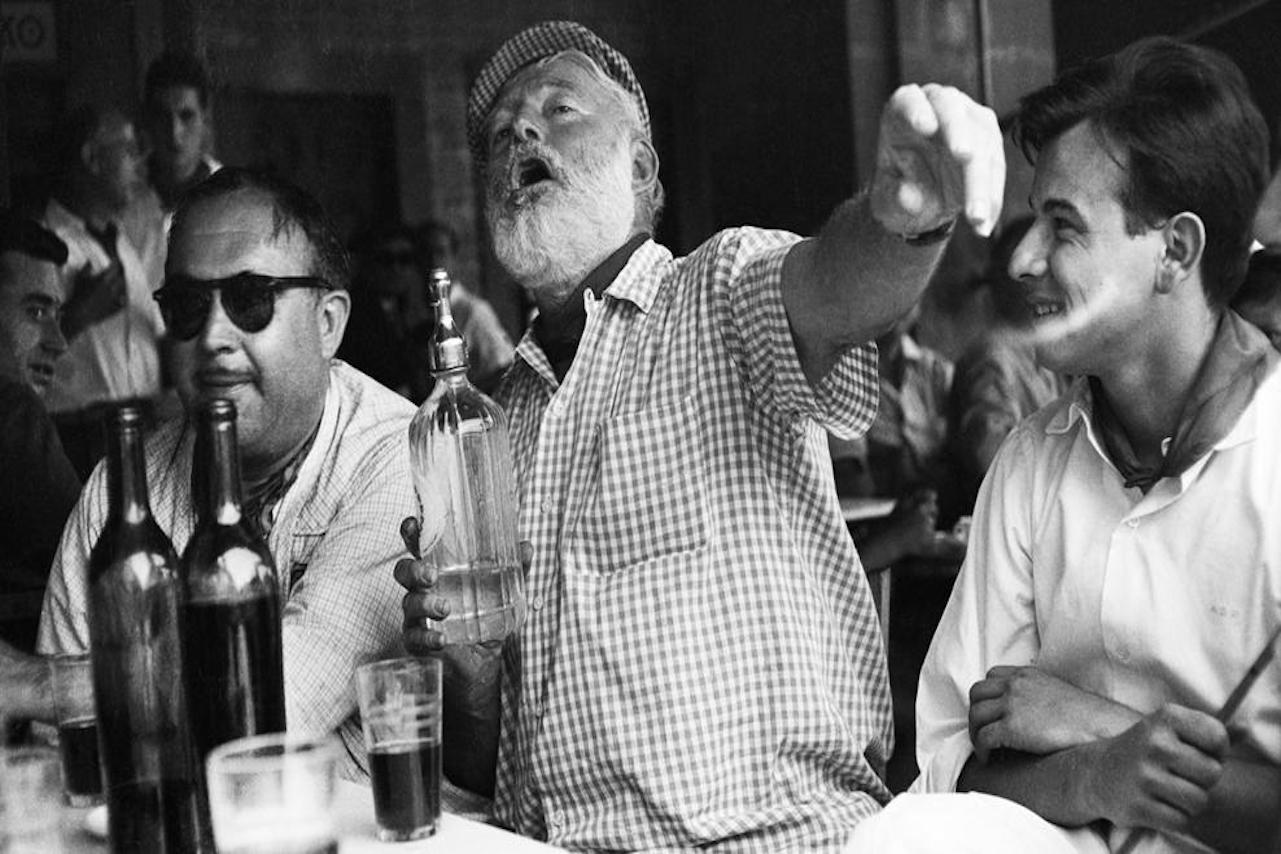

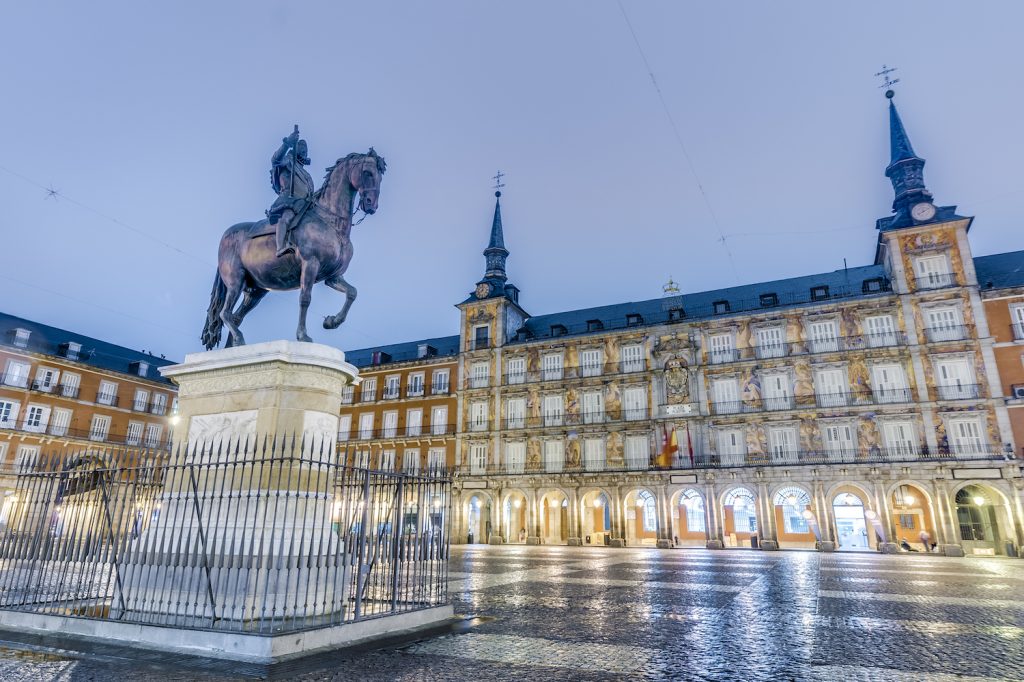
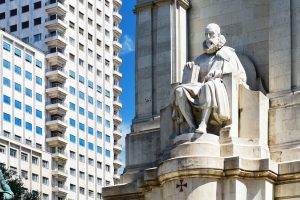
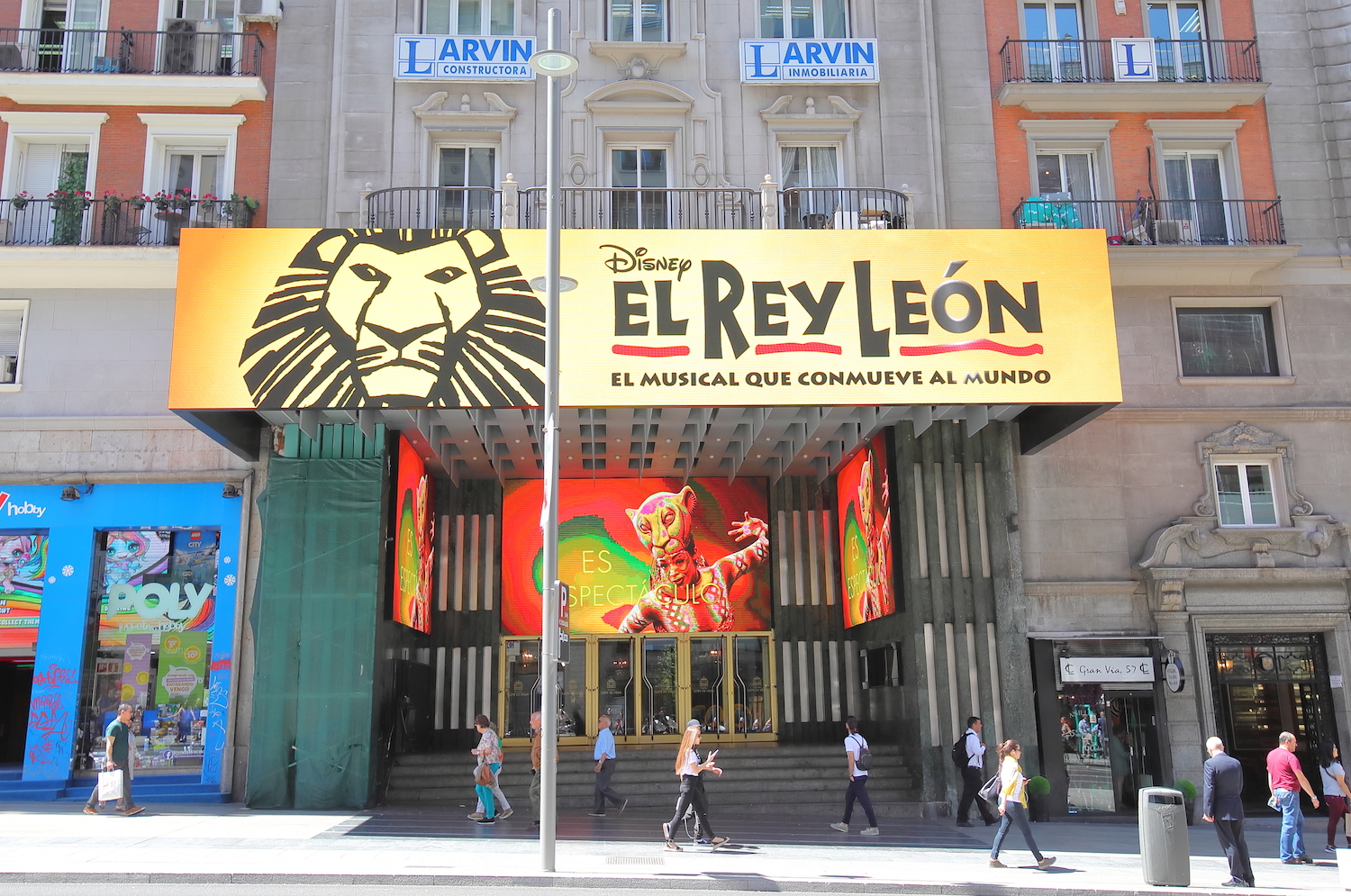
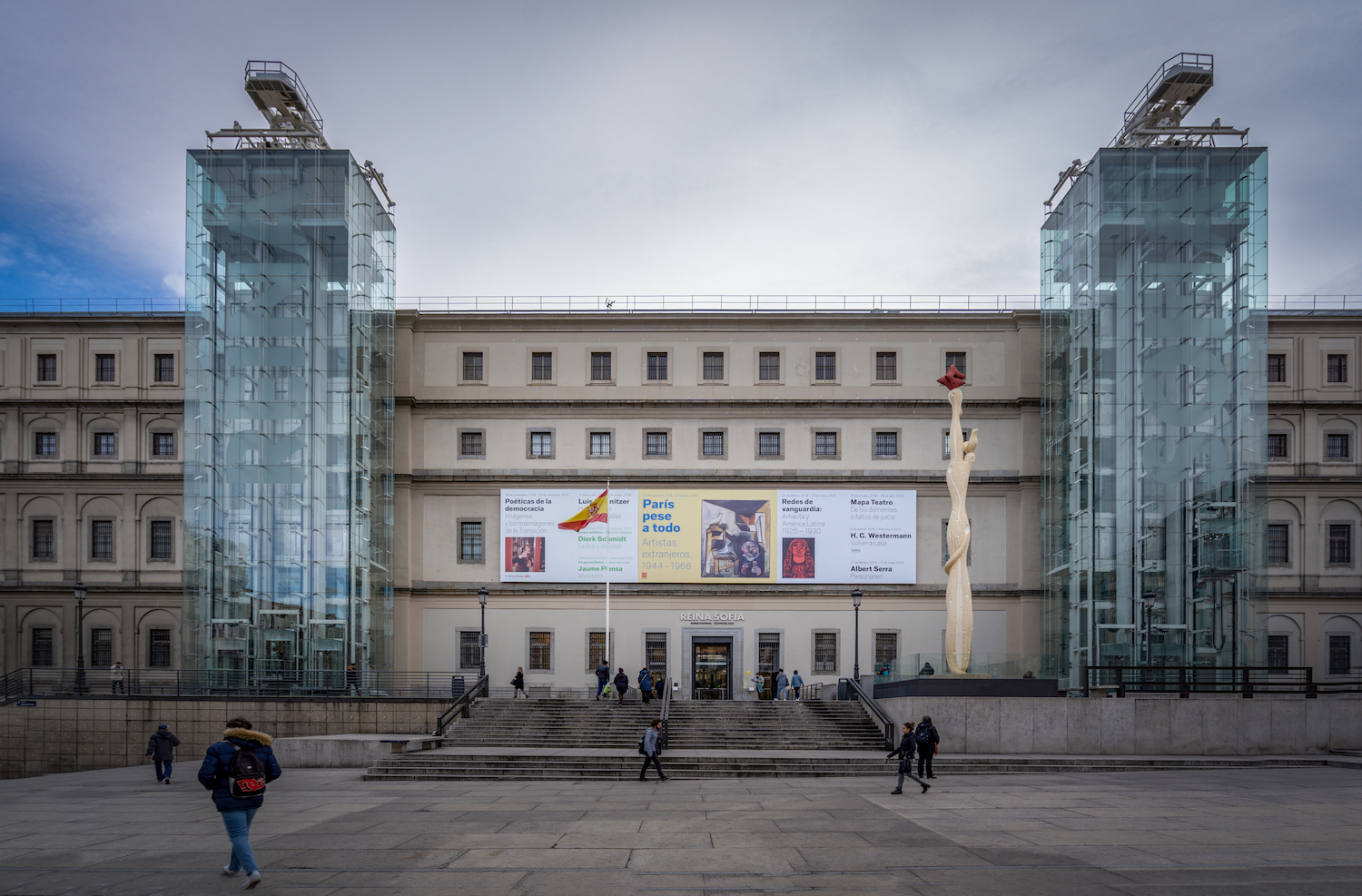

Comments